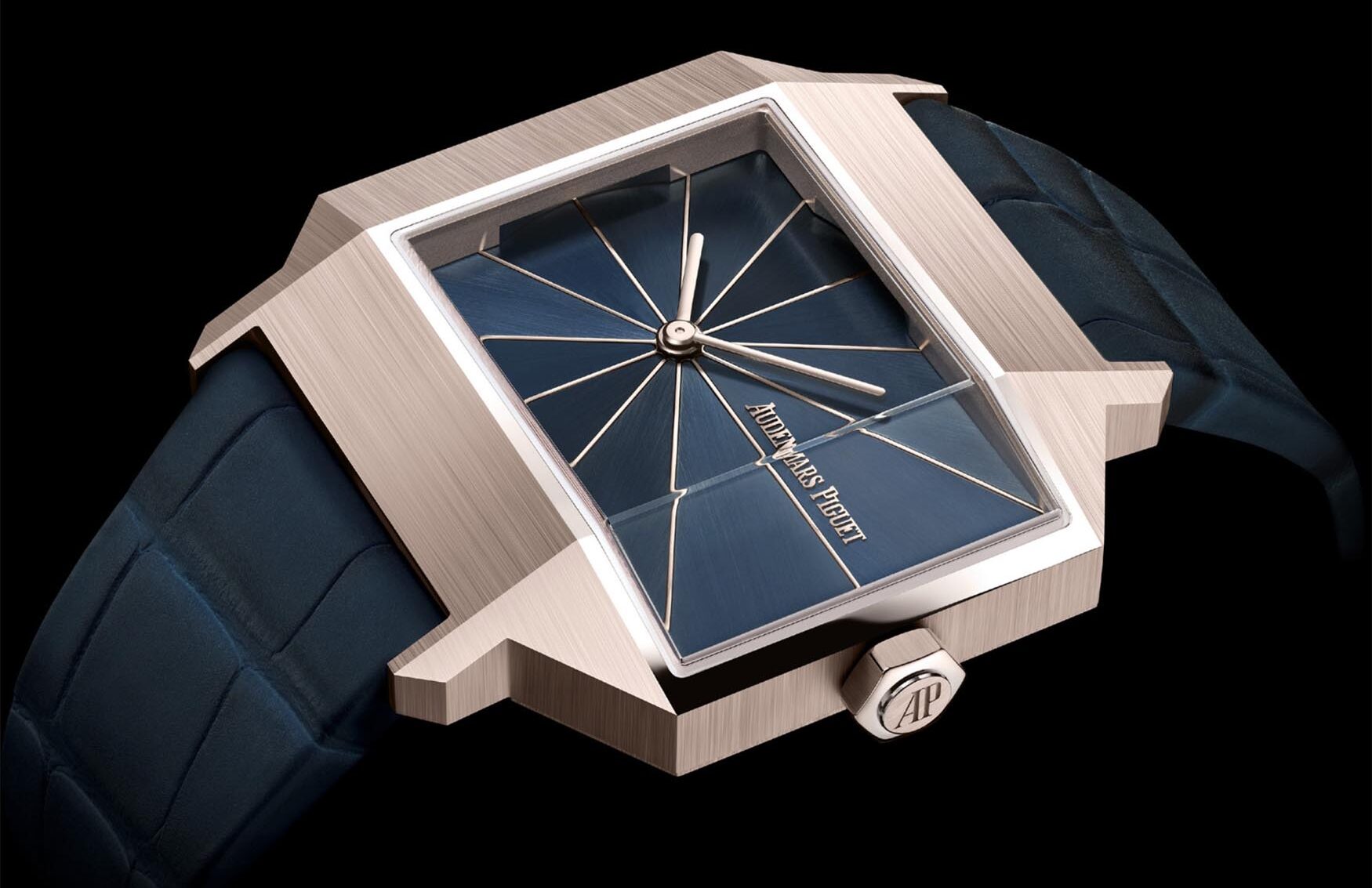The rise and resurgence of brutalism in watch design, courtesy of the Audemars Piguet [RE]Master 02
Buffy AcaciaThe recent release of the Audemars Piguet [RE]Master 02 has opened up a lot of conversation, and a large part of that has been discussing its brutalist design. Brutalism in architecture has largely been slandered since its origins in the mid-‘50s, but it seems that watchmaking may have been its fated destination. With its influence digging in thanks to a choice few experimental designs, we may actually owe the brutalist movement all of our favourite integrated-bracelet sports watches. So how did it come to this, and where will we go from here?
Explaining brutalism
There’s been a fun fact floating around in recent years that the architectural term “brutalist” has nothing to do with the English word “brutal”, instead being derived from the béton brut work of legendary Swiss-French architect Le Corbusier, which translated means “raw concrete”. It’s true that Le Corbusier’s modernist work was a huge influence on what would eventually become known as brutalism, but it’s also true that both the French “brut” and the English “brutal” share the same root word. “Brutus” is a Latin word that goes back from Greek to Proto-Indo-European languages, mostly meaning heavy, unable to speak, or even cruel. It’s therefore totally appropriate to look upon the cement Goliaths of brutalist architecture and personify it as harsh, mean, and powerful.

But while brutalism’s design philosophy was said to be a rebellion from the architectural nostalgia of previous decades, its implementation was far more practical. During the post-war years of the 1950s, both the United Kingdom (where brutalism first took hold in earnest) and the Soviet Union needed to build low-cost social housing quickly, and raw concrete and rebar were ideal materials, as well as being fashionable. Those buildings may not have aged well structurally or philosophically, but they’re certainly evocative of that particular period.
Brutalism in watch design
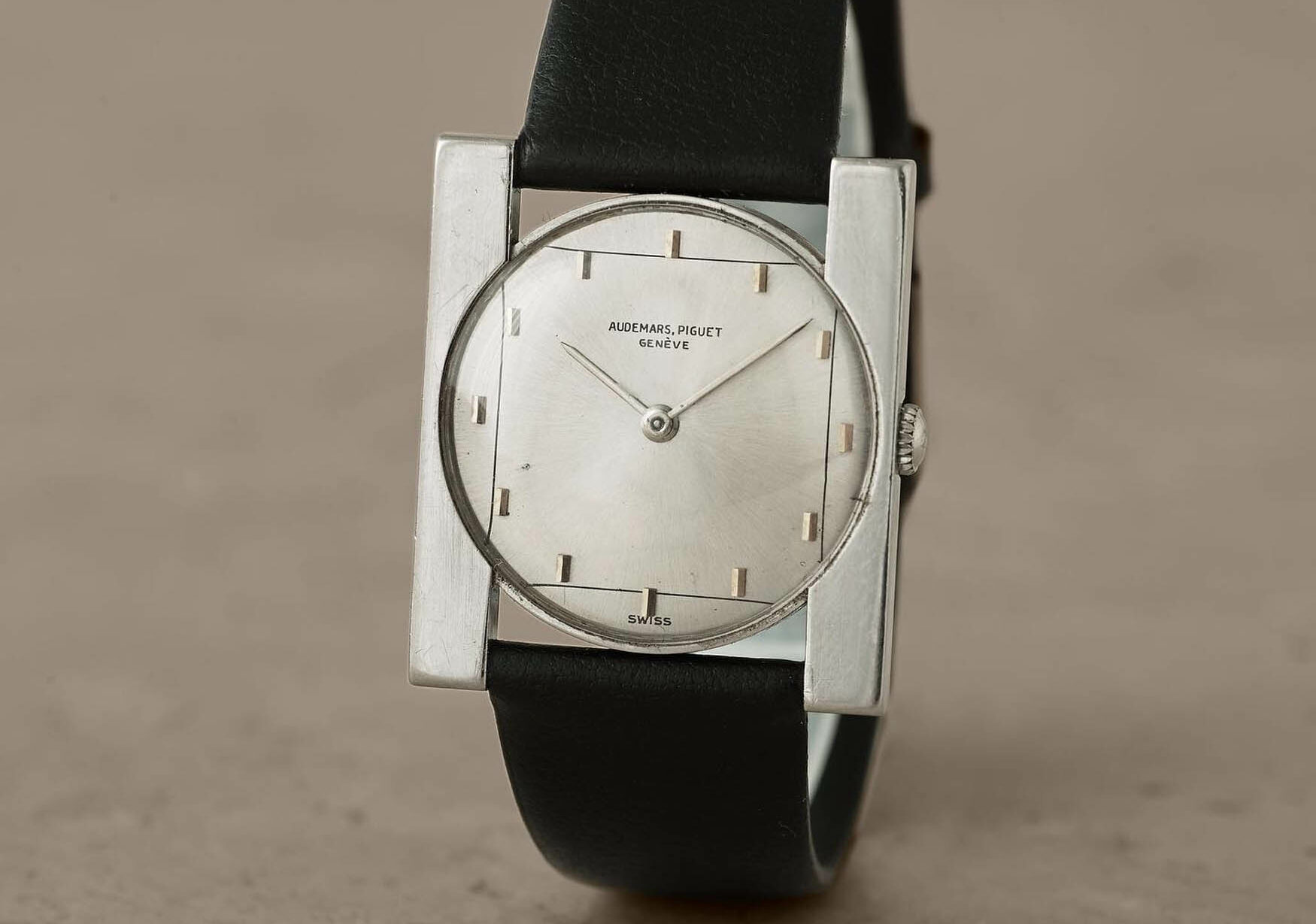
By the early ‘60s, the lines between architecture and watch design had been blurred, and you could easily see the influence of brutalism even among such lofty names as Audemars Piguet, Vacheron Constantin, and Patek Philippe. For example, Eggly & Cie manufactured a rather unique H-shaped case for Audemars Piguet, designed by none other than Gérald Genta. Its stern structural silhouette with obelisk-like hour markers is pure brutalism, and wouldn’t look out of place if it was five metres wide and standing over a gigantic concrete entryway. Genta also designed the simultaneously blocky and angular Rolex Midas which was released in 1964, whose opulent 18k yellow gold case is the only obstacle to peak brutalist design.
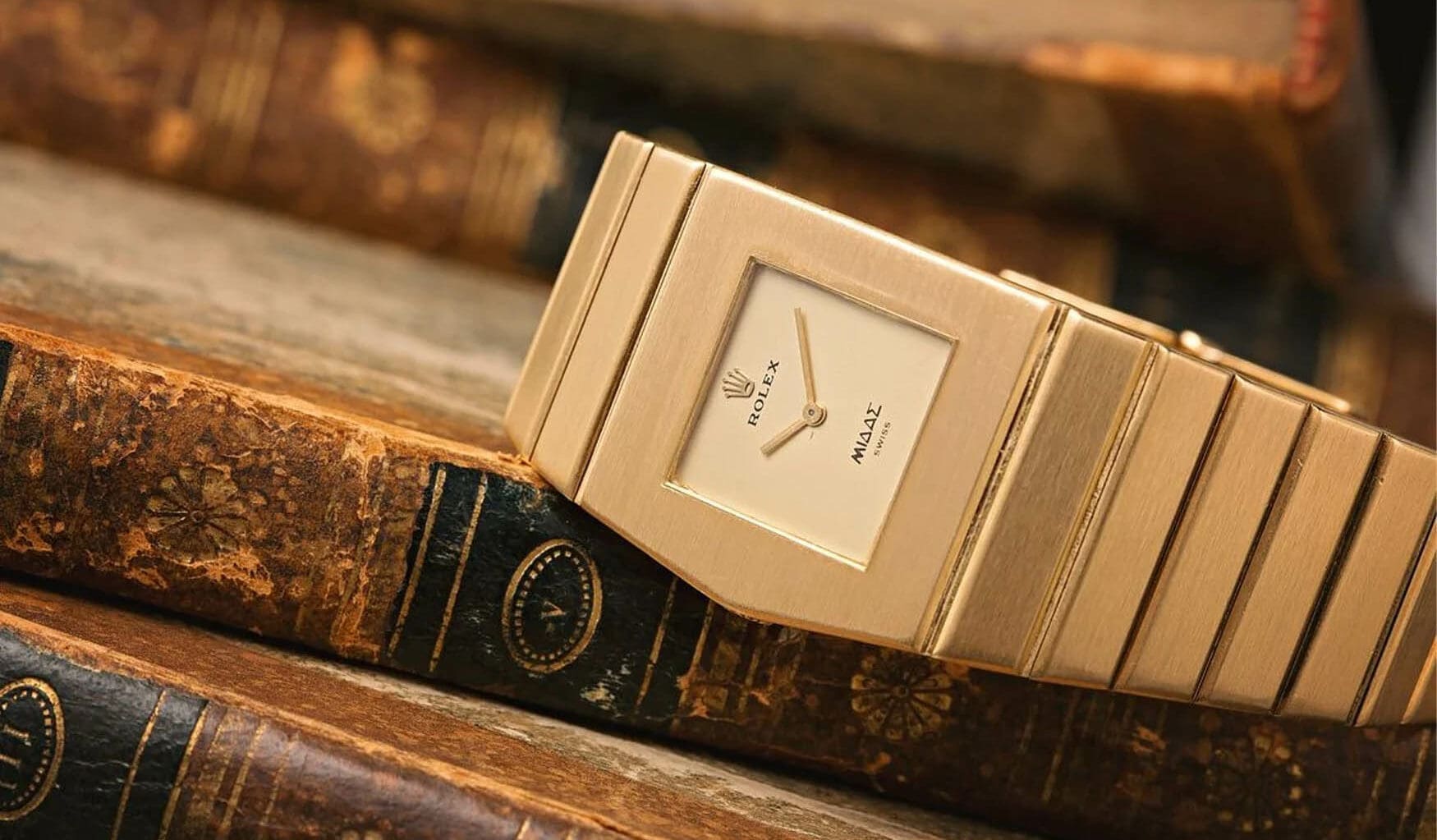
Brutalism faded quickly in most architectural circles. It may have been due to brutalist buildings in the UK and the West themselves being torn down (or falling apart) or just the movement of fashion, but its relevance lingered on in watch design. Just look at the integrated bracelet craze of the 1970s, transforming watches into monolithic structures and often with wide, brash facets that scream industrialism. That was in Switzerland, and not just limited to the Soviet-run states which still have many of their brutalist buildings up today. Glashütte-made watches in East Germany are a particularly interesting example from the ‘70s, with the Spezimatic variants often donning blocky cases and equally blocky dial features. That sort of style evolved with the likes of Longines and Omega into “TV dial” watches.
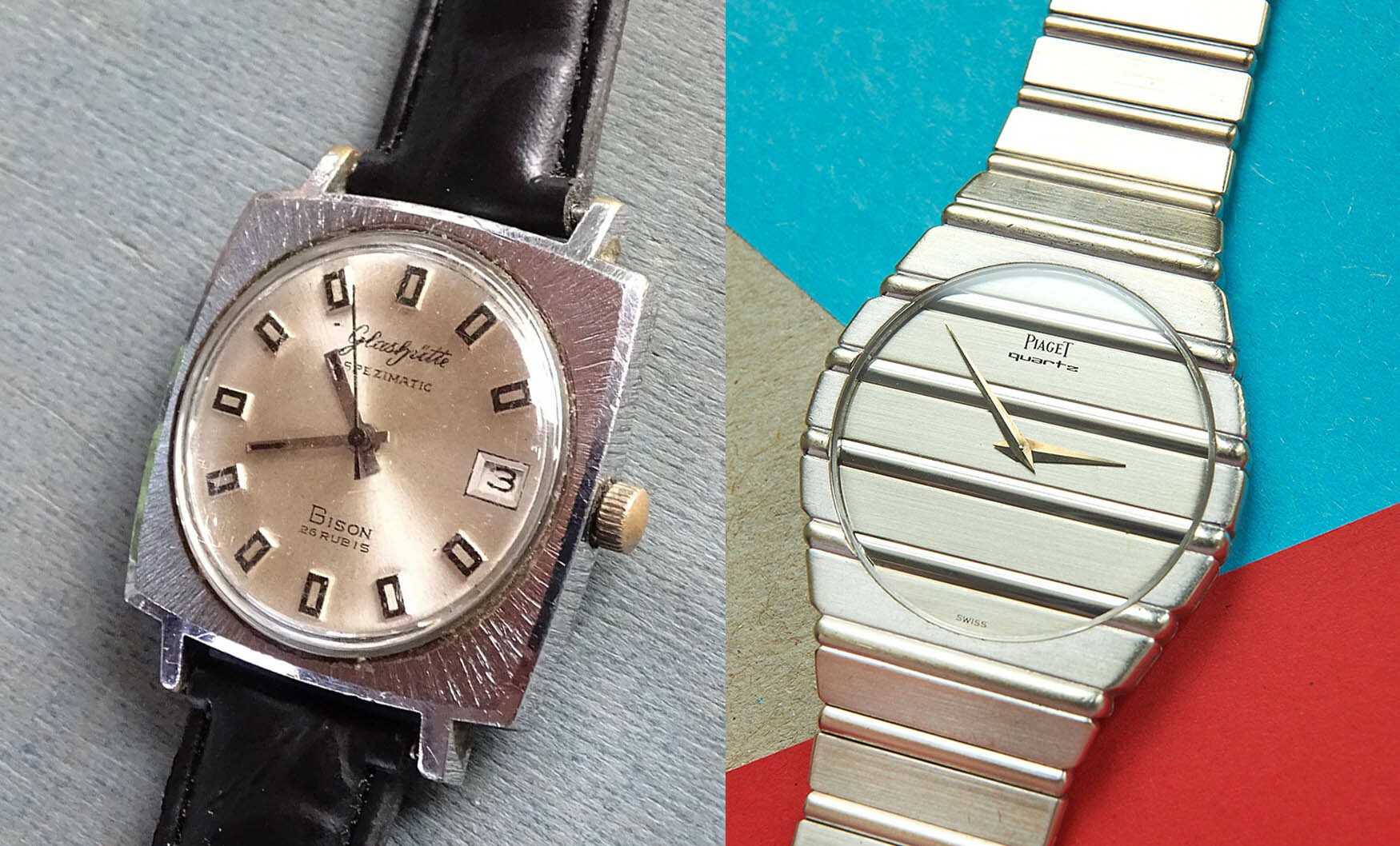
Venturing into the 1980s, the culmination of digital technology and steroid-pumped action movies found their way into wristwatches with a more macho attitude than ever before, really ramping up the brute aspect of brutalism. The ever-classic Casio G-Shock DW-5000C from 1983 could only be more brutalist if it was actually made out of cement. Being tough, cheap, and functional ticked all of the boxes associated with brutalism as a category while being ugly (in a charming way) matched up with its design reputation. The original Doxa SUB 600 from the ‘80s is a great mechanical example of brutalist case design, especially with that huge slab of a diving bezel.

These kinds of extreme watch designs tended to become more fluid and futuristic throughout the ‘90s and ‘00s, which brings us to the recent resurgences. The spark of inspiration for this article came from Audemars Piguet’s [RE]Master 02, which is a 250-piece limited edition reissue of the reference 5159BA from 1960. There were only seven units made of that original watch, but its grand, prismatic shape and asymmetrical, faceted crystal make it a phenomenal example of brutalist design. It’s also a reassuring move from Audemars Piguet that it can entertain the idea of unusual-looking watches when it seemed like the [RE]Master series had been abandoned.
Brutalist watch designs today
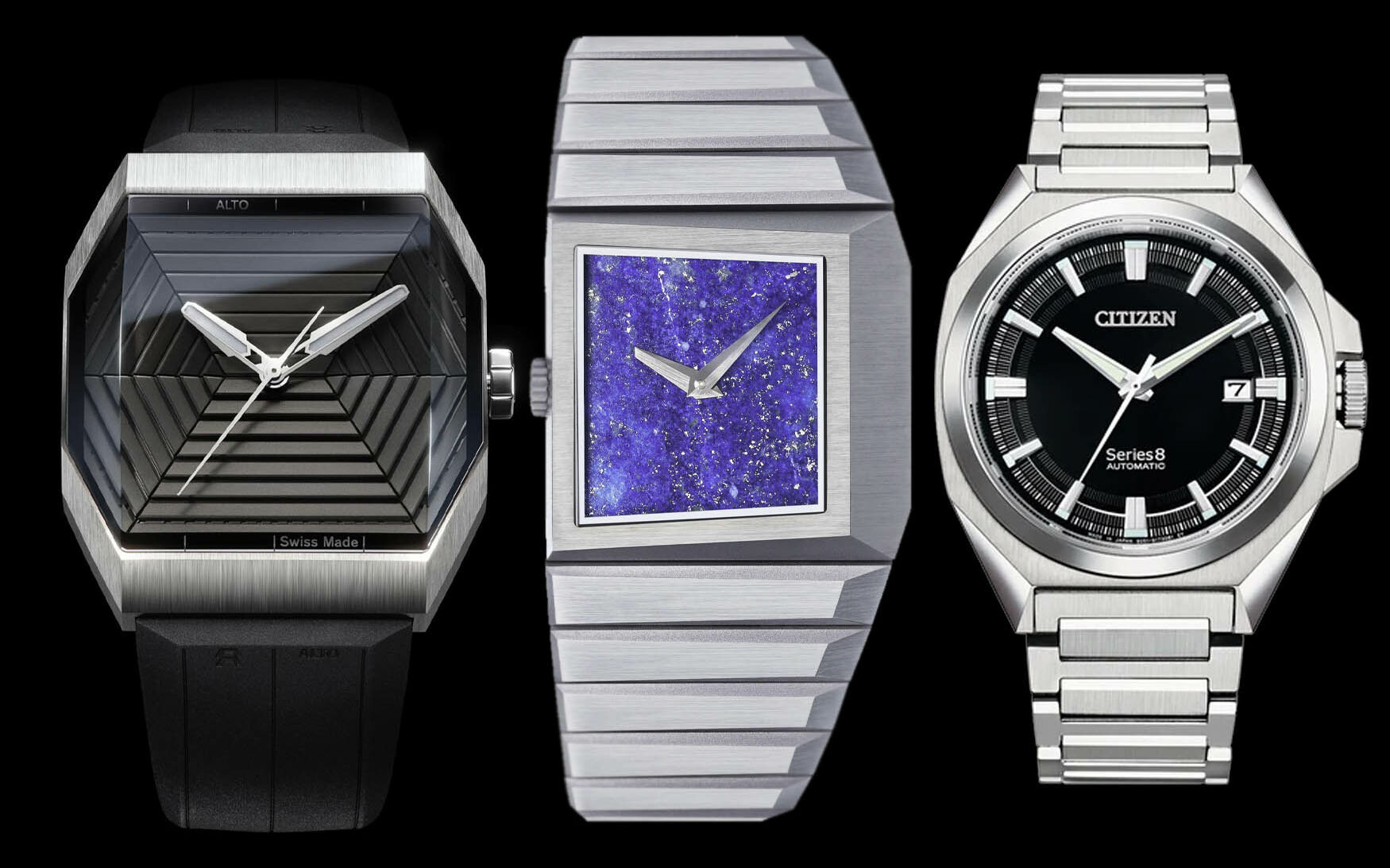
Although the AP is the most recent example, it’s certainly not the only one. The ART 01 from recently launched microbrand Alto has a pretty similar, if a bit more sci-fi take on brutalism, especially with its faceted crystal and stepped dial. Specifically, it’s inspired by the very brutalist “wedge” design of many 1970s concept cars, like the Aston Martin Bulldog or Ferrari 512S Modulo. Another microbrand’s inaugural watch, the Toledano & Chan B/1, is an explicitly brutalist watch in the architectural sense, having its case inspired by the Met Breuer building on NYC’s Madison Avenue that was built in 1966.
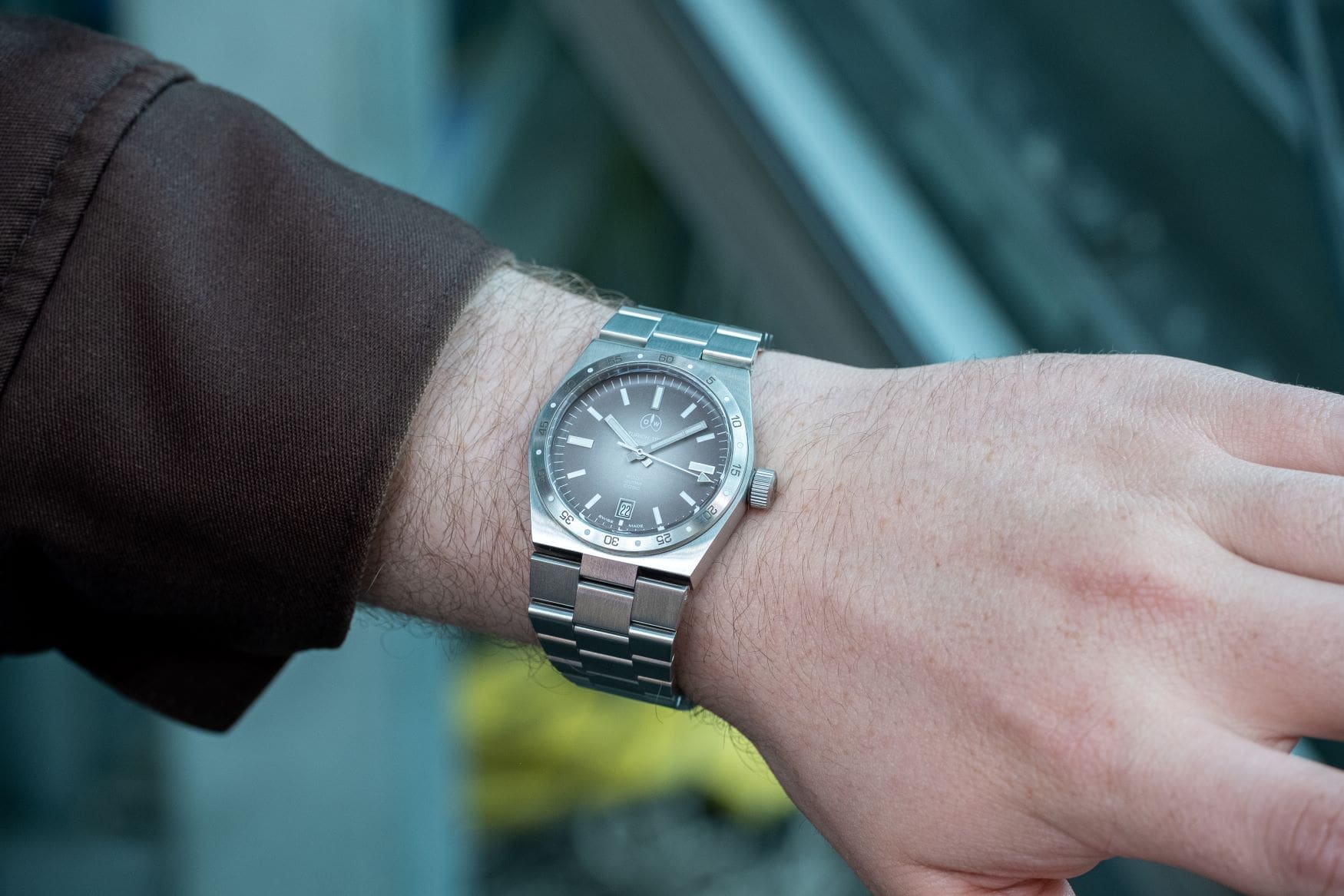
More easily attainable and affordable options have also sprouted up in recent years, such as the Citizen Series 8 NB6010-81E with its octagonal case and statuesque presence, the Yema Urban Traveller, and the Ollech & Wajs OW 8001, which takes its name from a different but still brutalist watch from the ’70s. You could even draw a connection from any integrated-bracelet sports watch to the beginnings of brutalism – however, it’s clear that brutalist-specific conventions are becoming popular again, with AP’s recent contribution a particular bellwether for the trend.




![The rise and resurgence of brutalism in watch design, courtesy of the Audemars Piguet [RE]Master 02](https://timeandtidewatches.com/wp-content/uploads/2024/06/Brutalism-desktop-1750x986.jpg)
![The rise and resurgence of brutalism in watch design, courtesy of the Audemars Piguet [RE]Master 02](https://timeandtidewatches.com/wp-content/uploads/2024/06/Brutalism-mobile.jpg)
